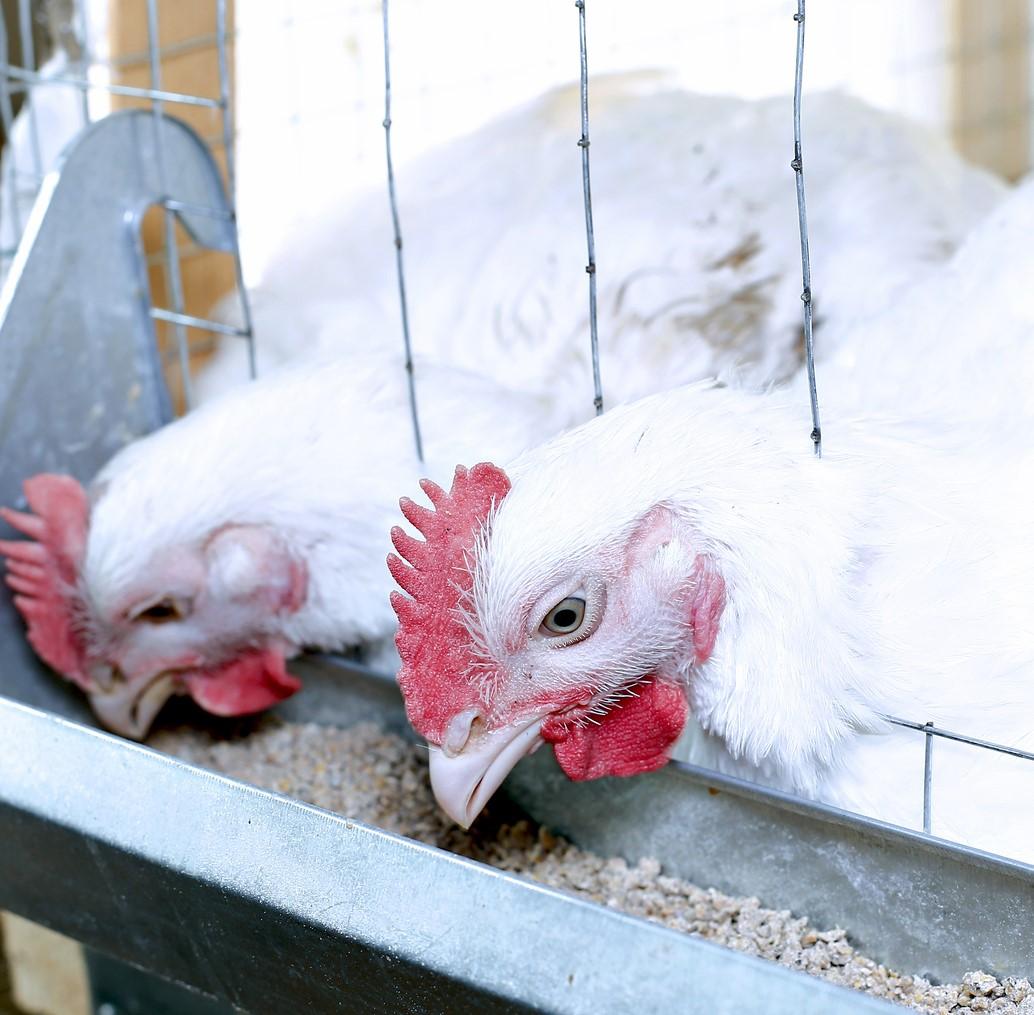farm, the second such outbreak involving the strain to be reported in the United States in a week.
In developments outside the United States, Mexico reported two highly pathogenic H7N3 outbreaks in poultry, and other countries reported outbreaks involving other strains.
Texas virus detected during screening
The outbreak in Texas was detected during preslaughter testing in a broiler breeder flock in Hopkins County, located in the northeastern corner of the state, according to a Mar 9 notification from the World Organization for Animal Health (OIE). Hopkins County is about 350 miles south of Missouri's Jasper County, where low-pathogenic H7N1 was reported last week at a commercial turkey farm, also following routine preslaughter tests.
The Texas flock had exhibited a slight increase in mortality and a drop in egg production, and depopulation of the 24,091 birds at the farm has begun. A comprehensive investigation is under way by the US Department of Agriculture (USDA) Animal and Plant Health Inspection Service and the Texas Animal Health Commission.
Partial sequencing of the virus hemagglutinin suggests that the H7 is of the low pathogenic North American wild bird lineage. Further characterization is pending virus recovery, according to the report.
Missouri's outbreak—reported last week—was the first detection of low-pathogenic H7 in the United States this year. In the early spring of 2017, low-pathogenic H7N9 outbreak were reported in poultry in four southern states: Alabama, Georgia, Kentucky, and Tennessee. That strain isn't related to the H7N9 subtype that has infected poultry and people in China.
High-path outbreaks in Mexico, Iraq, Ireland
Mexico, meanwhile, reported two highly pathogenic H7N3 outbreaks, its first involving the strain since early 2017. The new outbreaks began in the middle of February, affecting a rural farm in Guanajuato state and a backyard flock in neighboring Queretaro state. Both are in central Mexico.
An OIE report on the outbreak said the first outbreak began after 500 white chickens were introduced to the flock that were sourced from a farm in Jalisco state where the birds are vaccinated. In the second outbreak, the backyard birds had clinical signs, which included conjunctivitis, watery diarrhea, and sudden death.
Between the two locations, the virus killed 1,387 of 1,926 susceptible birds, and authorities destroyed the survivors. Officials have also imposed poultry movement controls, isolated the affected area, and stepped up surveillance in zones around the outbreak locations.
Elsewhere, Iraq, which has reported a steady stream of highly pathogenic H5N8 outbreak since early January, confirmed two more at commercial farms, one in Baghdad province and the other in Diyala province. The events began on Mar 4 and Mar 5, according to a report yesterday from the OIE.
Between the two locations, the virus killed 25,700 of 40,146 birds, and authorities culled the surviving poultry to help control the spread of the virus. Officials said the source of the virus is probably contact with wild birds.
In Ireland, agriculture officials announced a second detection of highly pathogenic H5N6 in a wild bird found dead in Tipperary County. According to an OIE report today, the European buzzard was found on Feb 23 near Lough Derg, a large lake known to be frequented by migratory birds.
Sequencing tests on Mar 9 confirmed highly pathogenic H5N6, which over the past few months has been reported in a handful of European countries, including the United Kingdom, and a few locations in Asia.
More low-path outbreaks in French ducks
France has reported four low-pathogenic avian influenza outbreaks at farms raising foie gras ducks in three different departments, two in Lot-et-Garonne, one in Finistere, and one in Gers, according to a Mar 9 report from the OIE. In all four outbreaks, the virus was detected during screening before the birds to be moved.
The outbreaks began from Feb 20 to Mar 7, killing 177 of 36,010 susceptible ducks at the four farms. Survivors were culled as part of the outbreak response.
In a separate report, the country reported an outbreak involving the low-pathogenic H5N2 strain, which struck a duck farm in Vendee department. The virus was detected on Mar 8 during screening before the birds were slated to be moved, and all 11,200 ducks at the farm were slated to be destroyed yesterday.
See also:
Mar 9 OIE report low-path H7N1 in Texas
Mar 6 CIDRAP News story "Low-path H7N1 detected at Missouri turkey farm"
Mar 10 OIE report on H7N3 in Mexico
Mar 11 OIE report on H5N8 in Iraq
Mar 12 OIE report on H5N6 in Ireland
Mar 9 OIE report on low-path H5N3 in France
Mar 9 OIE report on low-path H5N2 in France


















